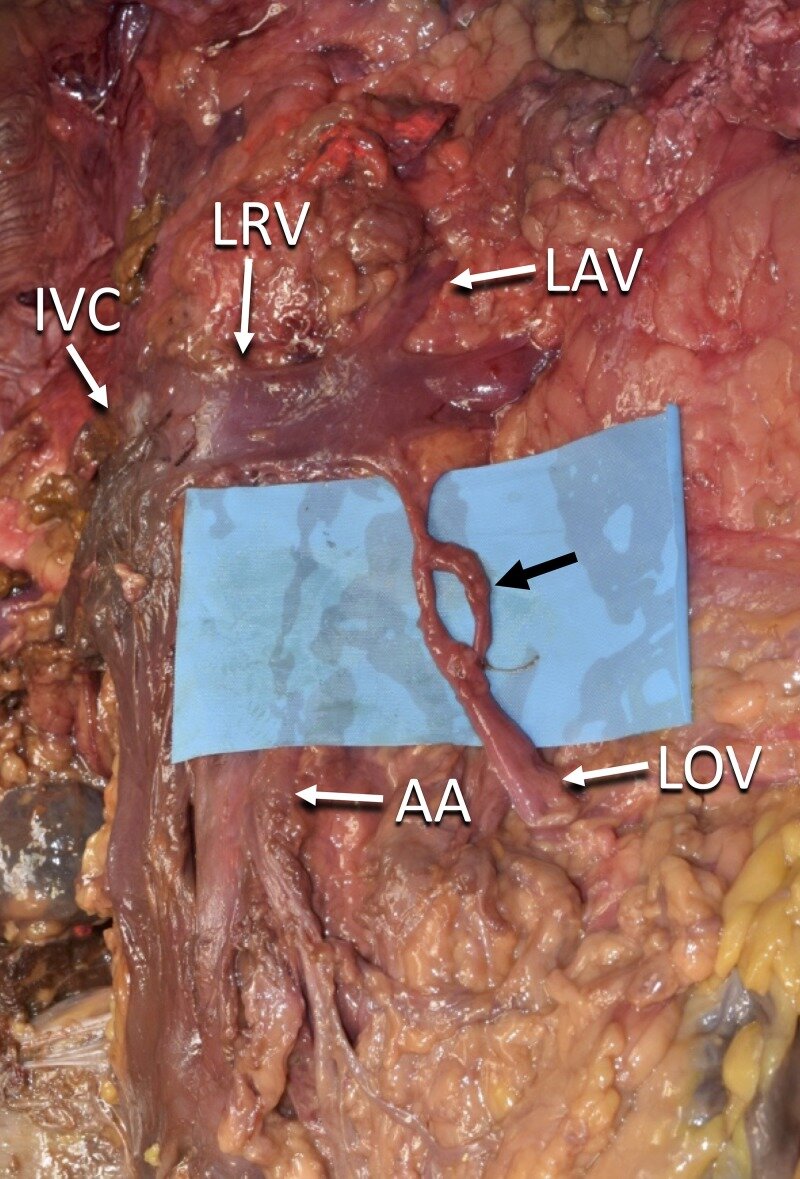Clin Anat. 2018 Apr;31(3):314-322. doi: 10.1002/ca.23051. Epub 2018 Feb 20.
Azahraa Haddad F, Qaisi I, Joudeh N, Dajani H, Jumah F, Elmashala A, Adeeb N, Chern JJ, Tubbs RS.
Abstract
In 1891, Hans Chiari described a group of congenital hindbrain anomalies, which were eventually named after him. He classified these malformations into three types (Chiari malformations I, II, and III), and four years later added the Chiari IV malformation. However, numerous reports across the literature do not seem to fit Chiari's original descriptions of these malformations, so researchers have been encouraged to propose new classifications to encompass these variants (e.g., Chiari 0, Chiari1.5, and Chiari 3.5 malformations). Moreover, there is a continued misunderstanding and misuse of the term "Chiari IV malformation." Therefore, the current review intended to describe anatomical, pathophysiological, and clinical aspects of the newer classifications with clarifications of the Chiari malformations. We reviewed available literature about Chiari malformations and their variants using "PubMed" and "Google Scholar." We also looked into the term Chiari IV, clarifying its original description and citing examples where the term has been used erroneously. References in the reviewed articles were searched manually. Variants of the originally described Chiari malformations are termed Chiari 0, Chiari 1.5, and Chiari 3.5. Each has distinct anatomical characteristics and some of these are extremely rare and incompatible with life (e.g. Chiari 3.5). Chiari IV malformation has been further clarified. Some physicians might be unfamiliar with the newer classifications of Chiari malformations because these conditions are rare or even unique. Furthermore, care is needed in using the term "Chiari IV malformation", which must be consistent with Chiari's original description, i.e. an occipital encephalocele containing supratentorial contents. Clin. Anat. 31:314-322, 2018.
© 2018 Wiley Periodicals, Inc.
KEYWORDS:
Chiari; Chiari 0; Chiari 1.5; Chiari 3.5; Chiari IV; anatomy; congenital; neurosurgery


